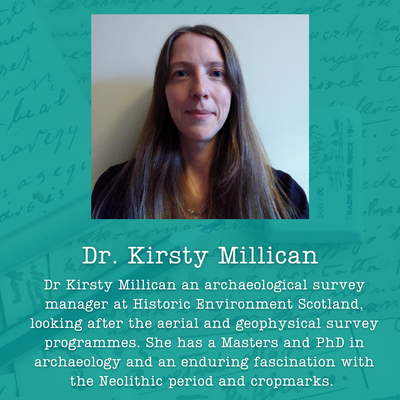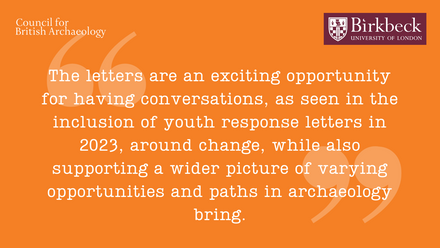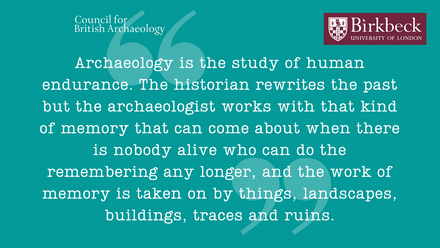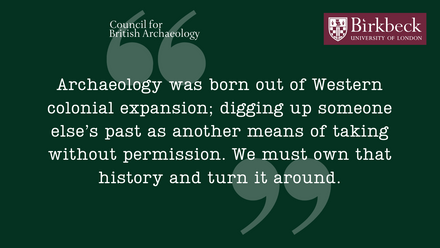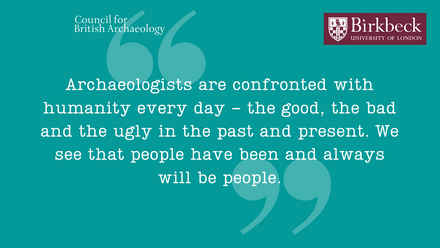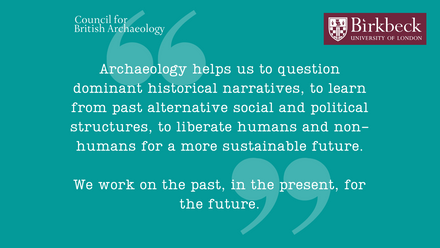Letter to a Young Archaeologist, November 2022
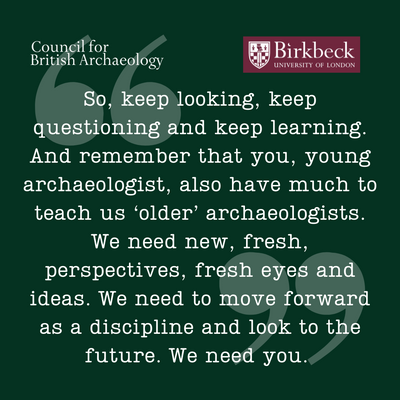
Dear Young Archaeologist
Welcome to the discipline of archaeology! I am so pleased that you have chosen to pursue archaeology. It has so much to offer, and you have so much to offer archaeology.
I’m sure you are already aware that archaeology is a broad discipline, and that it encompasses more than digging. I work within archaeological survey, which is one of the many branches of archaeology. Survey can be done in number of different ways – by photographing sites and landscapes on the ground and from the air, drawing or digitally recording what we can see during fieldwork, using new technologies to scan and model the surface of the ground, or using techniques such as radar to ‘sense’ what is below the soil without ever breaking ground.
Each survey technique provides us with valuable information. Each has the potential to add new sites and landscapes to the archaeological record as well as supply new insights and information about sites that are already known. This is important. How can we protect what we don’t know about? How can we interpret and understand that about which we know little? Survey adds to knowledge without putting a spade into the ground. It allows us to cover large areas of landscape, as well as focus on the detail. Some techniques even allow us to ‘see’ below the ground. And, whether you are able to walk over hillsides in all weathers or would prefer to sit in front of a computer screen making sense of the patterns recorded, there is a place for everyone.
For me, I have a particular fascination with one form of survey and one method of recording: aerial survey and cropmarks. Cropmarks are the phenomenon whereby buried archaeological features affect the growth and ripening of crops growing above them. This creates colour and height differences in the crops, which we record from the air and interpret to understand what survives beneath the plough soil.
I’ve long been enamoured by this phenomenon. Isn’t it fascinating that the things people did in a place perhaps thousands of years ago can continue to affect and influence that place, its soils, landscape and even vegetation into the present? That even the slightest of remains can continue to have an impact? For this is what survey, and archaeology as a whole, tells us. That human actions in places have an impact, that people have left their mark, and that sometimes those actions can change a place forever. That change may be as subtle as altering the make-up of the soil, or as large as the re-configuration of a landscape. But those traces can be enduring and can be seen, can be felt, and can be traced. We just need to look. This is what survey helps us to do.
Sometimes we scratch our heads over what those traces mean or struggle to make sense of what we find. Indeed, I have spent many hours trying to make sense of the marks I see recorded on aerial photographs on my screen. I scour excavation reports to help me better understand what I see. And I’m always learning. That’s one of the things that, for me, makes archaeology so interesting. There is always more to learn and always more to take in. None of us knows it all.
So, keep looking, keep questioning and keep learning. And remember that you, young archaeologist, also have much to teach us ‘older’ archaeologists. We need new, fresh, perspectives, fresh eyes and ideas. We need to move forward as a discipline and look to the future. We need you.
With all best wishes
Kirsty Millican
